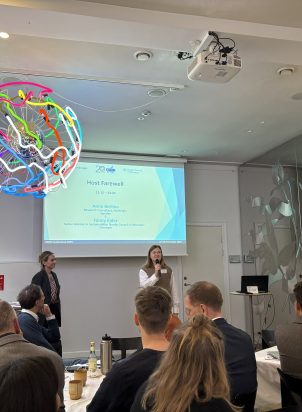Why has the pandemic hit immigrant groups the hardest? The media picture and the political argumentation in for example Denmark, claim that the spread of infection and excess mortality in vulnerable housing areas is due to a lack of language skills and cultural differences between immigrant groups and the majority population. This argumentation lacks support in recent research.
A new report “Who is left behind? The impact of place on the possibility to follow Covid-19 restrictions” from the Nordic Council of Ministers points to several underlying factors that together have caused the high level of infection and mortality in areas with a large proportion of foreign-born. Rather than language difficulties and cultural background, structural factors and inequality have come into play. These factors make it difficult and, in some cases, impossible for residents to follow the guidelines. For example, the recommendations to “isolate yourself and stay at home if you are ill” and “work from home” are hard to follow if you work in the gig economy or the healthcare, transport, and service sector.
During the webinar, Nordregio researchers Sandra Oliveira e Costa and Hjördís Rut Sigurjónsdóttir will present their findings. Representatives from segregated areas in the Nordic countries will comment on the report and share their experiences of the pandemic. Followed by a panel discussion and Q&A session with representatives from Nordic authorities responsible for counteracting housing segregation. What lessons can be learned for coming pandemics and for a more inclusive future? Join the discussion on Zoom.
Read full publication “Who is left behind? The impact of place on the possibility to follow Covid-19 restrictions” here.
Read the Executive Summary “Who is left behind? The impact of place on the ability to follow Covid-19 restrictions” here.
Recording from 11 May webinar will soon be available on Nordregio’s youtube channel.








